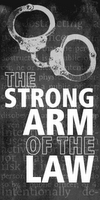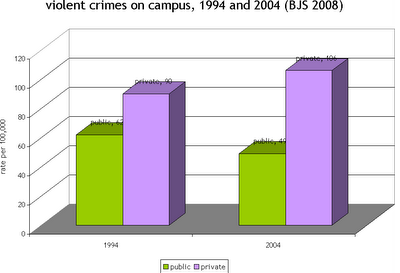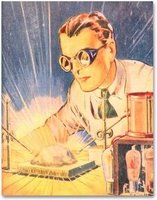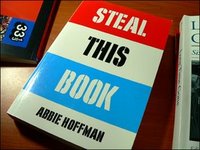 the seattle pi is in the middle of publishing a series of articles on “the strong arm of the law,” detailing controversial cases and issues with the seattle police department. so far, there are articles on police use of force, obstruction cases and charges, and how blacks are disporportionately arrested on “contempt of cop”charges.
the seattle pi is in the middle of publishing a series of articles on “the strong arm of the law,” detailing controversial cases and issues with the seattle police department. so far, there are articles on police use of force, obstruction cases and charges, and how blacks are disporportionately arrested on “contempt of cop”charges.
while the police department questions the methodology used in some of the reports, for anyone interested in issues with policing, the series is worth a look.








